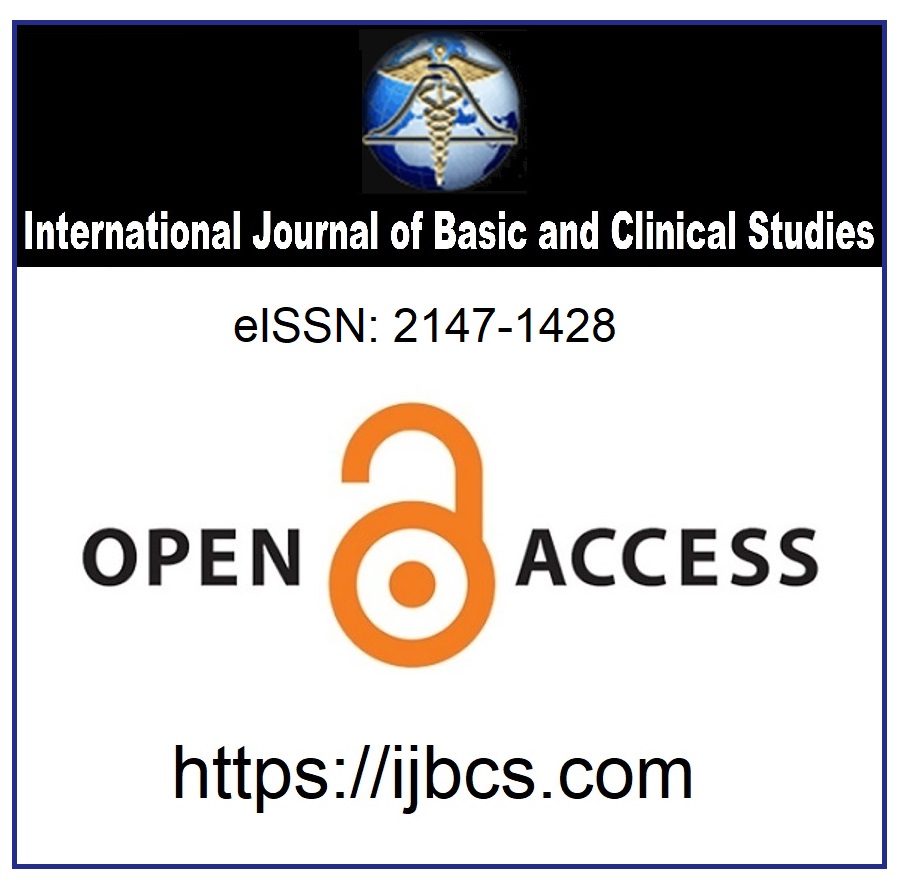Interaction Networks of GRM4 and Addiction-Related Genes
Keywords:
GRM4 gene, Target genes, Bioinformatic approachesAbstract
Drug addiction is defined as a psychiatric disorder resulting in loss of control in substance consumption, despite all serious negative consequences. Addictive substances show effects by targeting the reward pathways of the brain, such as the nucleus accumbens, the ventral tegmental area ,the prefrontal cortex, and the hippocampus. Drugs of abuse can cause long-term adaptations in neuronal plasticity regulated by permanent changes in gene expression. Recent studies demonstrate that epigenetic regulation of gene expression plays an important role in neurogenesis, synaptic plasticity, and neurological disorders. MicroRNAs (miRNAs) are a class of 18-25 nucleotide non-coding sequences that are transcriptionally regulating gene expression. A miRNA is capable of modulating the expression of hundreds of genes by degrading mRNAs either by translational suppression or complement sequences in 3 'UTR. Our bioinformatics studies have demonstrated that among the putative targets of mir-1202, GRM4. The GRM4 gene is expressed in the brain and is involved in the process of glutamatergic, dopaminergic, GABAergic and serotonergic nerve conduction. GRM4 gene and protein expression also have been previously reported to be associated with major depression in brain activity and association. In this study we used bioinformatics tools to screen for miRNAs related in drug addiction related regulatory genes network using STRING (http://string-db.org/) version 10,5. This study is important that potential common target genes of addiction related GRM4 gene and help understand the underlying molecular pathways of addiction in association with those common target genes.
Downloads
Published
How to Cite
Issue
Section
License
Copyright (c) 2018 by the Authors

This work is licensed under a Creative Commons Attribution 4.0 International License.



